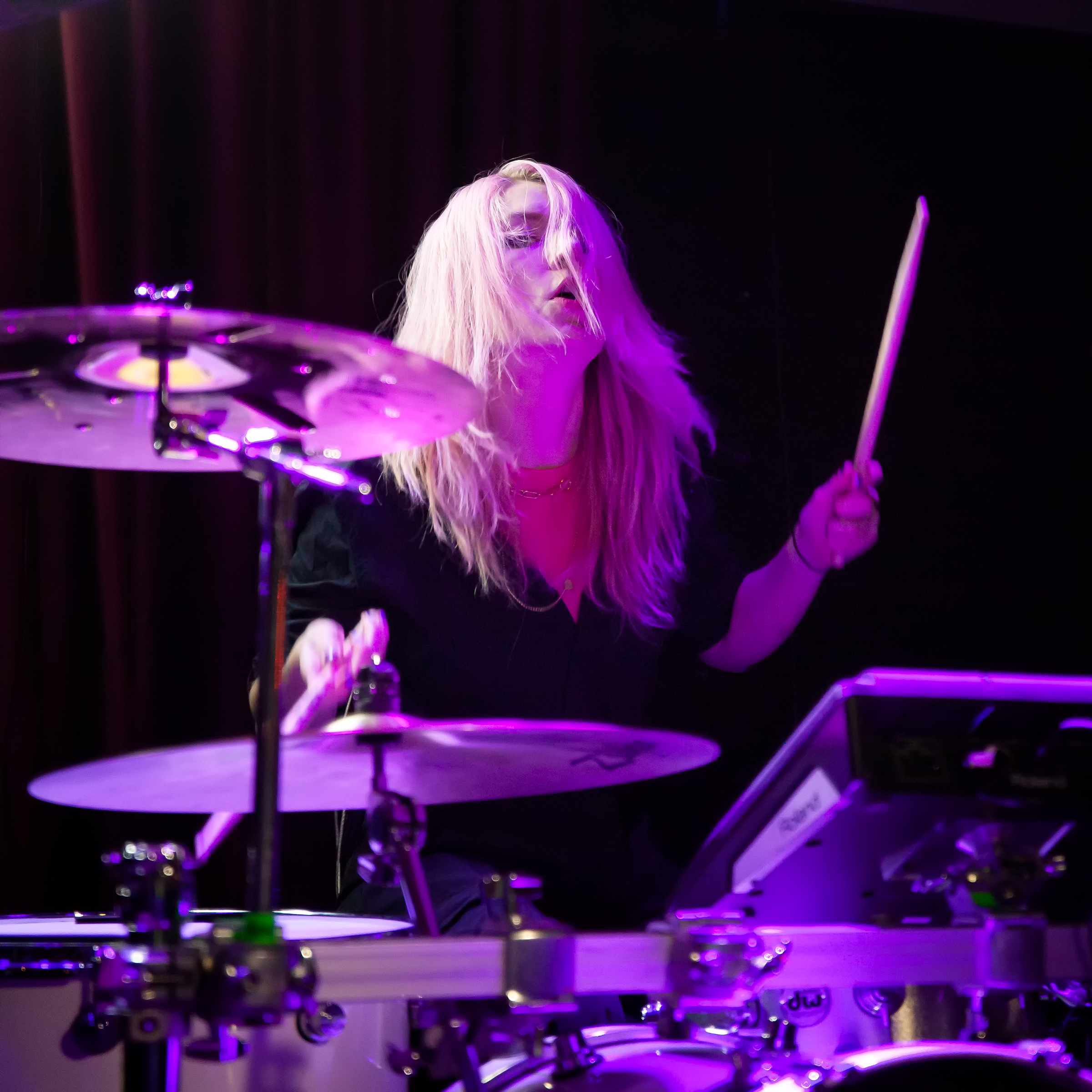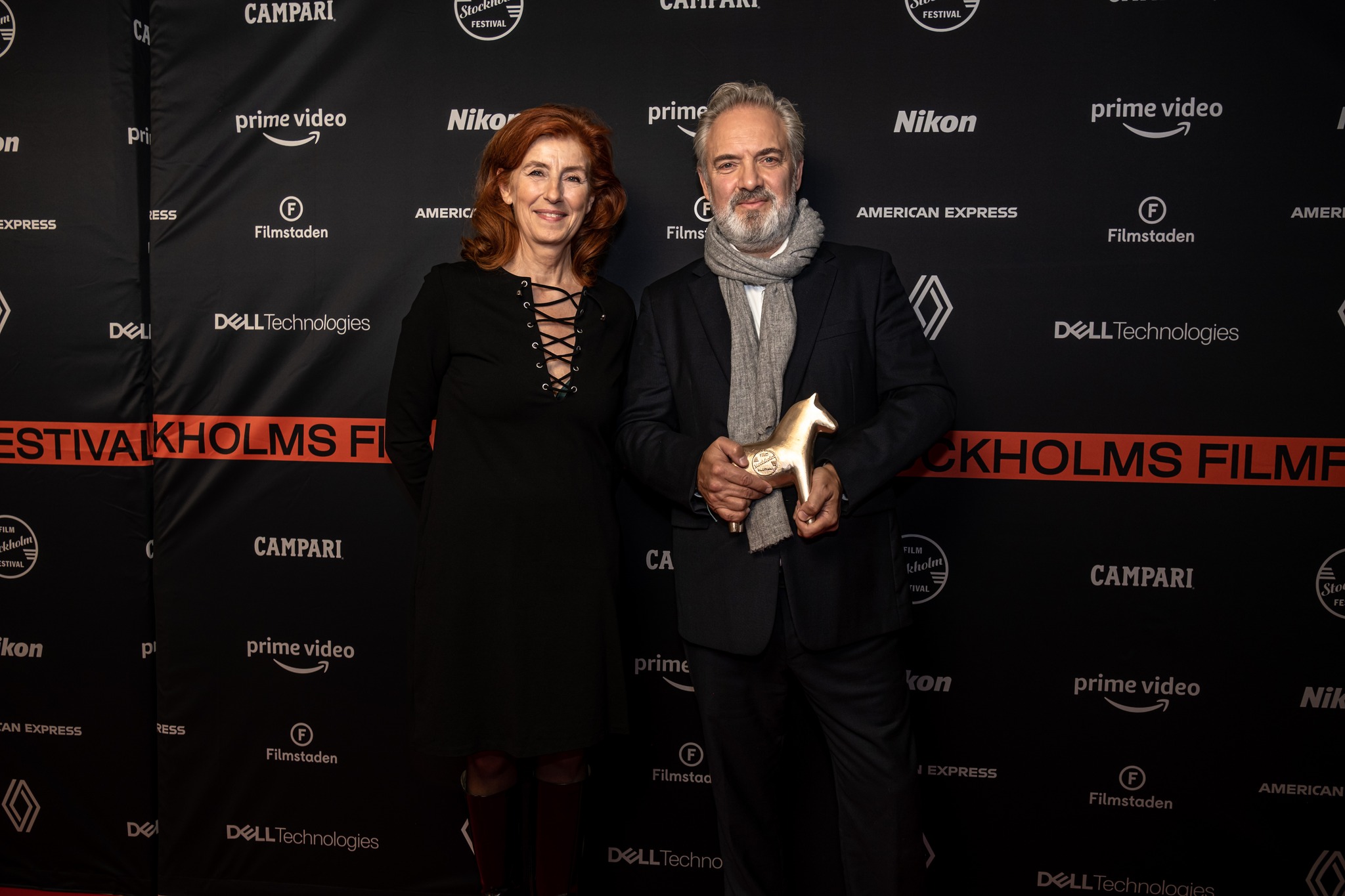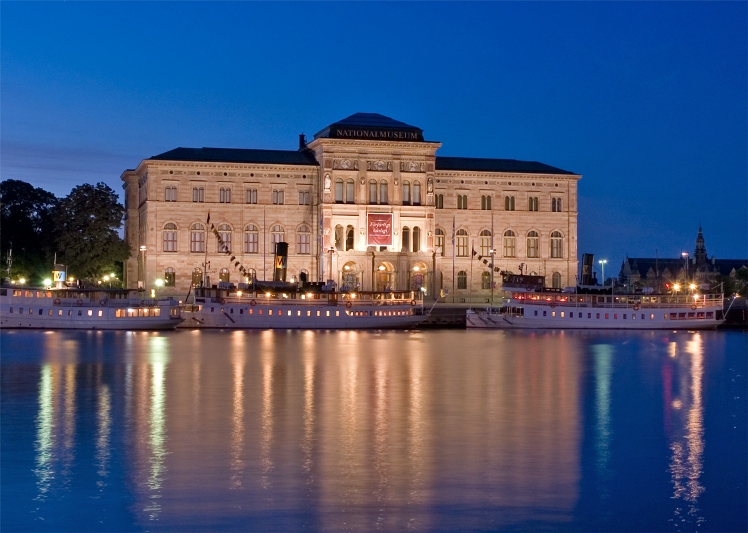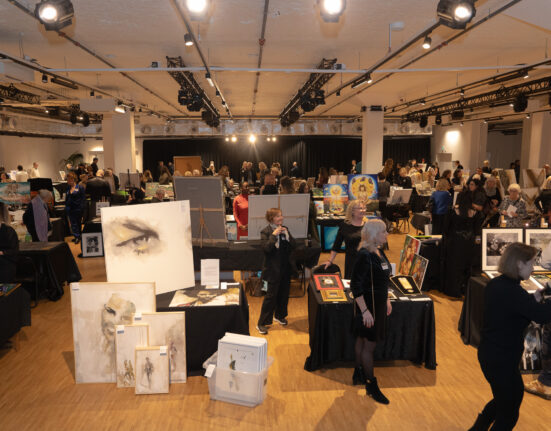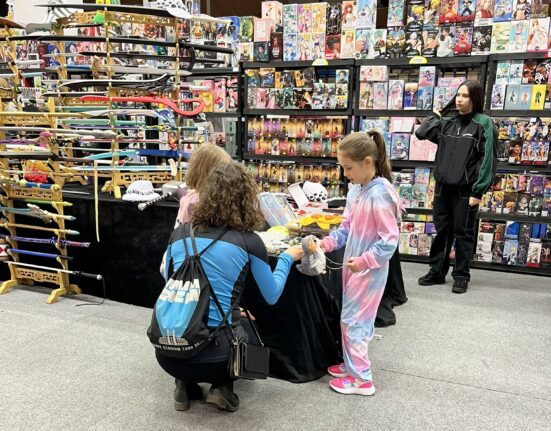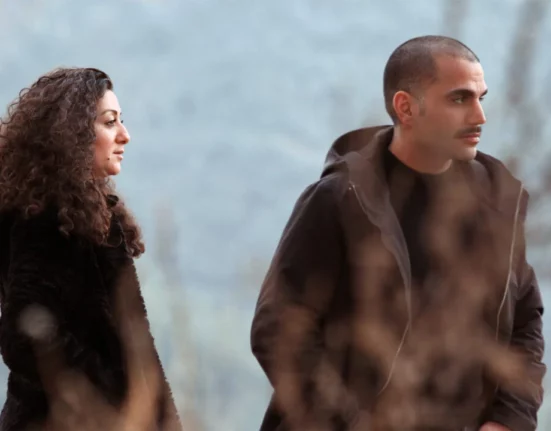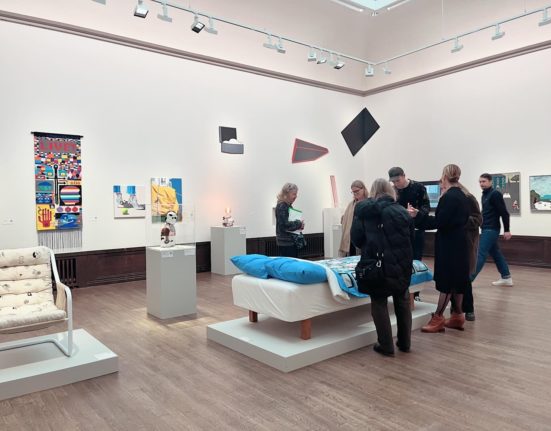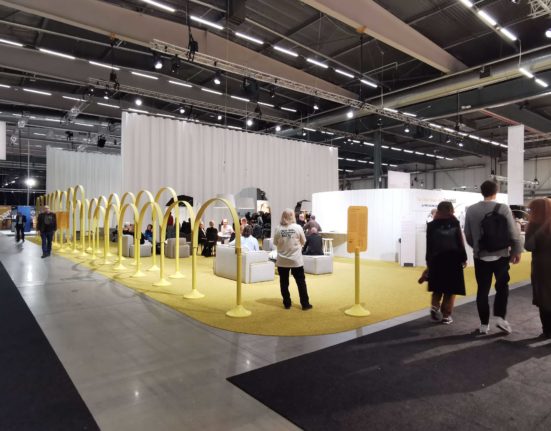1863 was an eventful year in the history of art.
In Paris, Cezanne and Manet’s works had just been rejected by the Salon – the authority on art who could make or break careers. That same year, they showed their works at the Salon of the Rejects – a practice which laid the foundation for Impressionism.
Meanwhile, in St Petersburg, another group of artists were rebelling.
The Peredvizhniki, as they came to be known later, left the The Imperial Academy of Arts. The reason? The theme of the Academy’s annual competition – “The Feast of The Gods” – a topic far removed from what the artists saw and wanted to paint.
You won’t have seen the works of the Peredvizhniki next to those of their contemporaries, The Impressionists. In fact, you might not have seen their works at all. 100 krona and a trip to the Konstakademien, near T-Centralen, where “From Tzars to Commissars” is showing, can change that.
The result of a collaboration between Sweden’s Nationalmuseum (whose main building is closed for renovation but whose staff continue to curate exhibitions worth seeing) and The State Russian Museum in St Petersburg, this exhibition will guide you through what you didn’t know about Russian art and question what you might have assumed.
From still lifes, landscapes and nudes, through to portraits, paintings of everyday life, religious subjects and abstract works, here are 65 works from the early 19th century to the 1960s. The names of Marc Shagall, Kazimir Malevich, Natalia Goncharova and Vassily Kandinsky might have drawn me to the exhibition, but it was the works from lesser-known painters that kept me interested.
Take for example the small-scale work by Alexey Venetsianov, “Peasant Woman with Scythe and Rake”, painted before 1925. The text next to the painting informs me that Venetsianov owned a farm and many of his subjects worked there; that he was one of the first Russian artists to portray peasants in a realistic style, as individuals. And that “these tranquil little paintings often have no narrative or drama. True, true and… not true. This little painting is full of drama. You just have to see a tiny little detail to locate it.
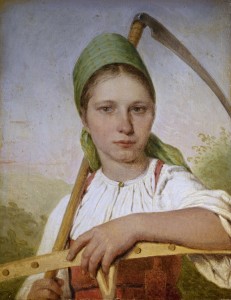
On the surface – this is the epitome of a tranquil painting. It’s a single figure painting whose subject appears expressionless and there is nothing going on in the background. The girl is neither strikingly beautiful nor unattractive and the artist is not trying to sexualize her. Her lips are neither pouty, nor seductively parted and her chest is obscured from view by the rake. Her blouse is firmly closed and the single visible button it has – the one area where the artist could have slipped – remains closed.
Just as I was about to walk off onto something more exciting, my gaze rested on something. Stuck in the handle of the rake, was her little finger. What an odd gesture I thought. There’s nothing comfortable-looking about that gesture and soon you realize it’s not only her little finger that is stuck, she is too.
The rake and scythe form a triangle in which the figure of the girl is almost completely contained – there is no escape for her. To make it worse, the teeth of the rake and the blade of the scythe, face her. Her face doesn’t seem expressionless so much as resigned. What else could she do?
Now on to another deceptive painting.
The title of the painting – “The People in the Great Patriotic War” – and its appearance at first glance might be enough to make you roll your eyes out: apple trees with abundant fruit in a green countryside and in the middle ground – two tanks. If that doesn’t look like Socialist propaganda I don’t know what does.
The painting is said to show the support of the people for the troops. The why – out of the six painted figures, only one waves? In the foreground, the woman, the little girl and the cow pause what looks like a difficult task to look at the men and woman in the tanks. The big red and green apples they’ve gathered, pictured on the right, sit peculiarly under a tree that only has small green ones. If he was commissioned to paint the bond and support, I am not sure even he believed in it.
This is a great exhibition but don’t take my word for it – go and see it for yourself.
The exhibition is on until January 11, 2015. For more information on opening hours and how to get there, go to www.nationalmuseum.se





